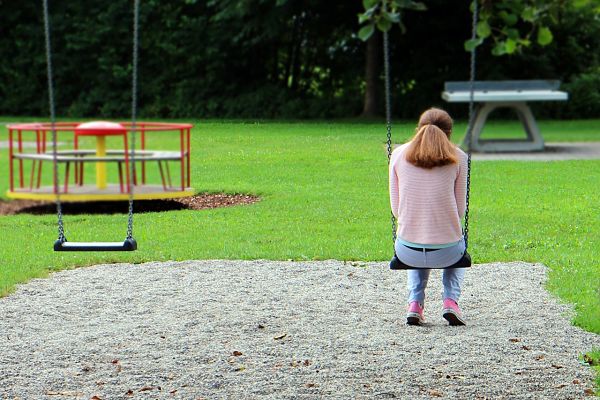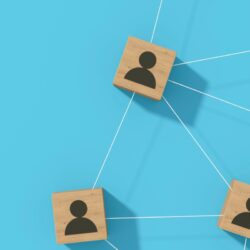Social Rejection—Who Knew?
Being verbally abused, punched, shoved, or even assaulted in cyberspace is bad enough.
Now imagine being told you can’t play ball, or virtual ball, or learning after completing a personality questionnaire that you will live life alone and without friends.
New research in Policy Insights from the Behavioral and Brain Sciences finds that being left out and ignored causes more pain and emotional damage than any overt forms of abuse.

The Federation of Associations in Behavioral and Brain Sciences, or FABBS, with SAGE, the parent of Social Science Space, publishes the journal Policy Insights from the Behavioral and Brain Sciences. This annual journal features research findings in the sciences of mind, brain, and behavior that are applicable to nearly every area of public policy. The first issue comprises 33 articles in social and personality psychology focused on topics including health, education, justice, the environment, and inequality.
Ostracism triggers not only anger, sadness and other negative emotions but other reactions as well, according to the research, “Ostracism and Public Policy,” by Kipling D. Williams, of Purdue University, and Steve A. Nida, of The Citadel.
Physiologically, fMRI studies and electroencephalograms have shown ostracism activates regions in the brain associated with detecting alarm and pain, uncertainty and emotional craving. Thoughts of rejection also cause the heart to decelerate, and rejection also increases levels of the stress hormone cortisol.
Behaviorally, people who are ostracized tend to be more vulnerable to risky drug and sexual behaviors, and they can become aggressive. Indeed, a 2003 review of media reports on school shooters revealed that 13 out of 15 had been ostracized, along with having mental health problems and access to weapons, the research states.
Addressing Ostracism
Even when witnessed, ostracism can be difficult to manage, correct or punish. As the paper explains: “[The] perpetrator can legitimately claim to be ‘doing nothing,’ despite the intent to cause social harm.”
Thus rather than focus on the perpetrator, the authors recommend anti-ostracism strategies.
Since bullying and ostracism often occur together, and both for the purpose of hurting someone else, anti-ostracism strategies easily could be incorporated into the vast number of anti-bullying programs already in existence at school systems across the country.
Paying Attention to Ostracism
Educating people, especially teachers, about ostracism, and making ostracism a more central part of broader discussions, also are essential in combating the harmful effects of ostracism.
As an example, the authors note that video materials on bullying are “plentiful,” but that they know of just one film on ostracism, the documentary Reject. Key components of Reject include an adolescent suicide triggered by bullying and exclusion and a discussion of a classroom intervention based on Vivian Paley’s 1992 book, You Can’t Say You Can’t Play.
Modeling Inclusion
Adults who work with children need to model inclusion. Sports and games should involve children with and without special needs, and theater productions should have a role for everyone, whether on stage or behind the scenes.
Even single individuals can mitigate the harmful effects of ostracism. In fact, some school systems have had success enlisting the assistance of a trusted student to be a designated ‘friend’ to an ostracized child—what the authors describe as “the power of the single individual.”
The single individual concept is simple and easily implemented, they state, “[and] should be an inexpensive undertaking that we believe can make a difference.”
























































































It’s odd that this article doesn’t mention the causes of ostracism. Many people are ostracized because they’re from the wrong social class, or have the wrong skin colour, the wrong facial features, the wrong religion, etc. Ostracism is perhaps merely a symptom of widespread social inequalities and forms of discrimination. Schools are one of the places where inequalities and prejudices get reproduced, so perhaps the focus should be on that.
The idea of a ‘designated friend’ chosen by adults sounds horribly humiliating for the ostracised child.